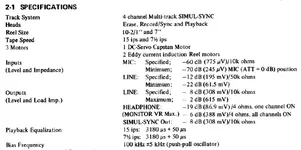B
bmg
Member
Wondering about 'rendering' now.
I carefully rode these mixes to avoid any clipping on the meters, but after checking the files with this command, most are in the red.
Why would they be clipping if the meters didn't show this while recording?
I carefully rode these mixes to avoid any clipping on the meters, but after checking the files with this command, most are in the red.
Why would they be clipping if the meters didn't show this while recording?

